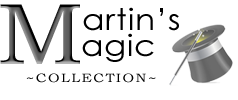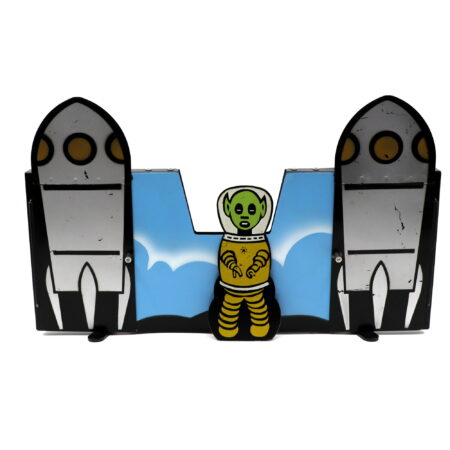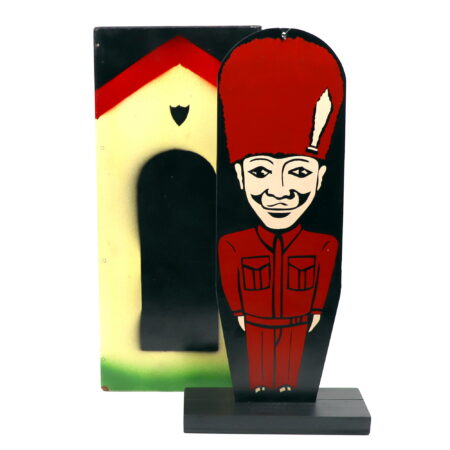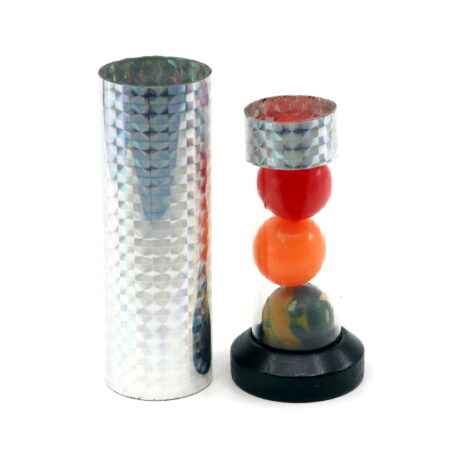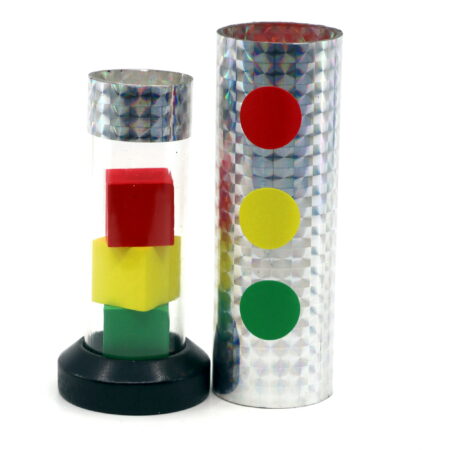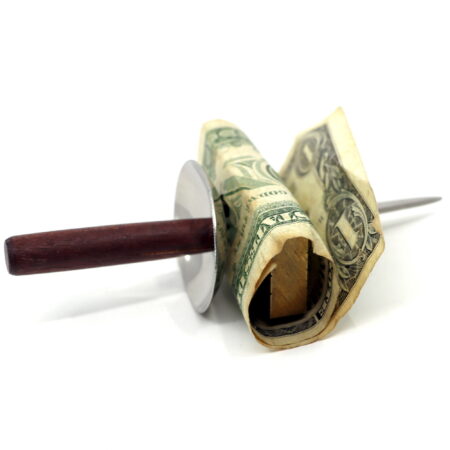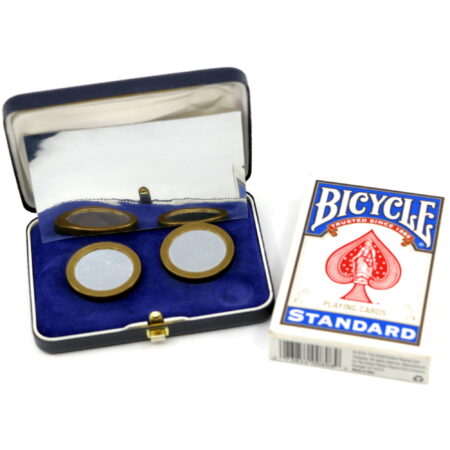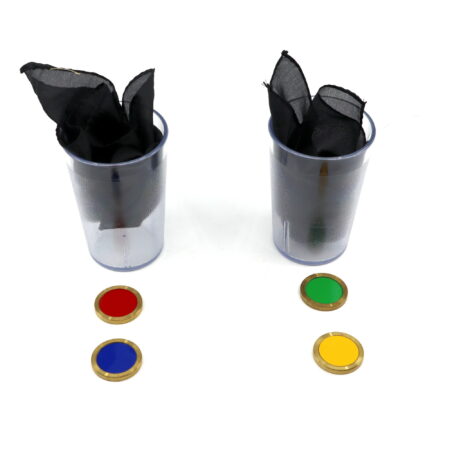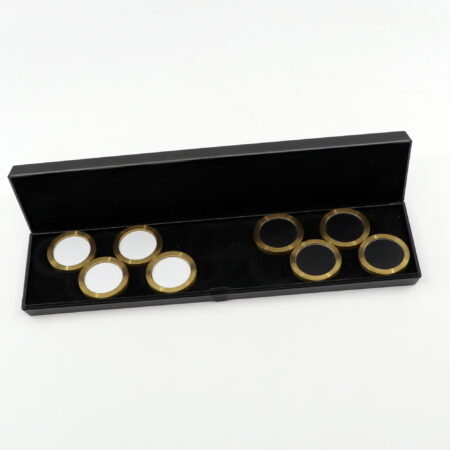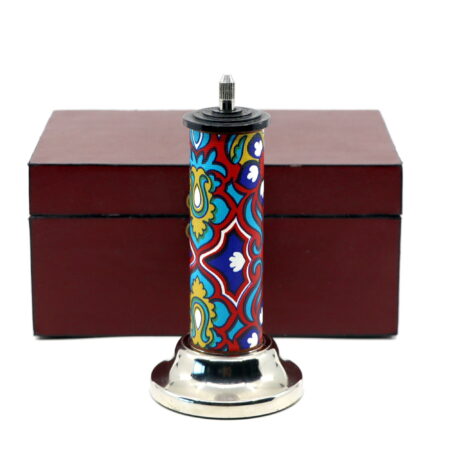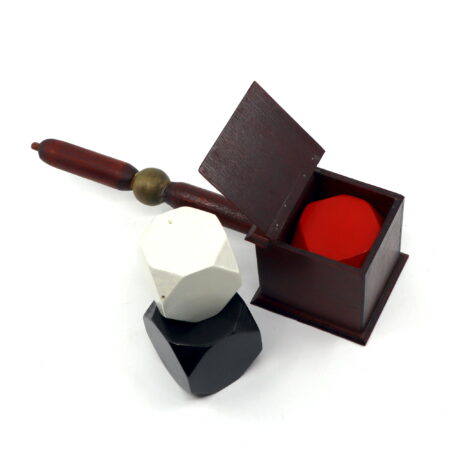
Thayer’s Great Ballot Box Mystery c. 1916 was hailed as The Wonder Trick of 1916 and what a beauty it was. Louis Gaynor reproduced one of these for Stevens Magic here.
This version was one of the very early items created by Thomas Pohle when he had a workshop in Berlin. It was built as a prototype after seeing the effect in Dr. Albo 04 that he borrowed from his magic friend “Braco” (Ralf Wichmann). A few years later when fellow countryman, Willi Wessel, was renting some space in his workshop, Thomas gave it to Willi. I recently purchased it directly from Willi. This is the only version that Thomas built.
It still works though the handle design is a little fragile and Thomas tells me he would build it a little differently today – of course he was a very young man back then and and has had another 44 years of experience since 🙂
Unlike the original Thayer version, although it is fine for the spectator to handle briefly it cannot be examined as thoroughly and the gimmick is not designed to be removed during performance as with the Thayer version.
Click here for more information.
